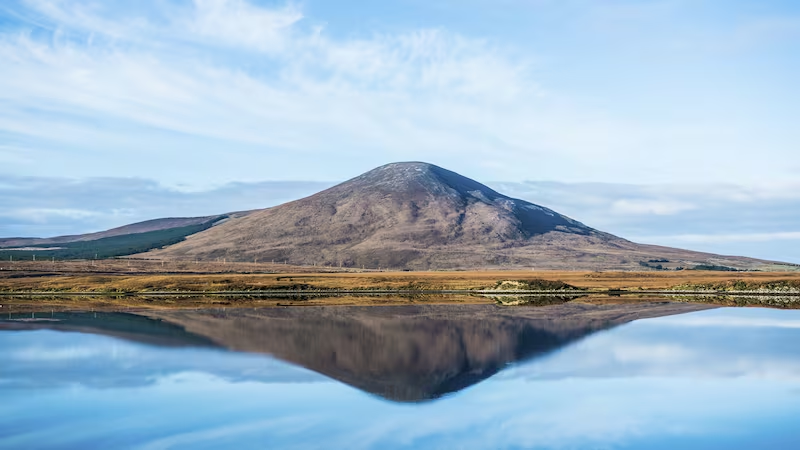Rewilding many parts of the Irish landscape is not anti-farming, and must be factored into national policies a lot more if the country’s “climate and biodiversity crisis” is to be addressed, according to wildlife expert Pádraic Fogarty.
Speaking on Monday at an online conference on "reimagining Irish rivers through working with nature", the Irish Wildlife Trust (IWT) campaign officer said re-wilding was not a cure-all in a scenario where "ecosystems in Ireland have effectively collapsed" and conservation measures have not worked.
This was against a background where the global climate was going through dramatic breakdown with major ecological shifts threatening humanity, which “is probably worse than many of us think”, he added.
If the scale of the damage was recognised and what can be done in response, “it opens up a world of opportunities”, Mr Fogarty believed.
While there was no accepted definition of rewilding, it was “one part of the solution, that can work at scale”. It was “not about recreating ecosystems that may or may not have existed at some point in the past”, nor was it “anti-human” or about focussing on a single species.
He added: “It’s not anti-farming. Farming is essential . . . but it’s about recognising farming has gone beyond the limits of nature.”
It was about establishing an ethical relationship with nature, which did not mean conflicts would not arise; “they have to be recognised and addressed,” he said.
The over-riding consideration was giving space to nature, “something we really struggle with in Ireland”, reflected in how very few areas in Ireland on land or in the marine environment were being used for this purpose, Mr Fogarty noted.

Rewilding was happening, he acknowledged, notably with a plan to re-wet 33,000 hectares of midlands bogland that “has been mined out”. This allows ecological processes to re-assert themselves and enables nature to take its course, he said.
With rivers, this meant allowing the natural flow of water, which was in the best interests of regulating flows off land, to facilitate recycling of nutrients and to protect habitats.
The reality was an awful lot of Irish rivers were under tremendous pressure; with half of them polluted, with impacts concentrated in lowland areas. Changing the way a river flows through arterial and land drainage endangered species, notably the freshwater pearl mussel, Mr Fogarty pointed out.
Riparian vegetation including woody debris were essential to a healthy river in terms of biodiversity, including maintaining habitats and fish populations, yet people were terrified of trees falling into rivers because of fear of flooding.
Thousands of barriers, however, should be removed to allow proper migration of salmon, lampreys and eels, he insisted.
The IWT representative also suggested dams on rivers to generate electricity should be removed, and questioned if it was time to remove Ardnacrusha dam in the Shannon river system which was installed in 1929. The need to reform the Arterial Drainage Acts was overdue, he said.
Citing the case of his local river, the Tolka in Co Dublin, he said that while it was one of the most urbanised and polluted rivers in Ireland, it had been neglected to such an extent that it was being re-wilded by accident, reflected in growing numbers of kingfishers and otters – and natural floodplains in the locality that were not in people’s houses further downstream.
Amidst “doom and gloom” about mass extinction and climate breakdown, it was worth raising the possibilities from rewilding, he said, including “what if we do the right things?” in allowing nature to recover and water to percolate slowly off hills.
“What happens in our rivers is a symptom of what happens throughout the entire landscape,” he added. If correctly done, it would result in landscape with high-nature farming, diverse commercial uses, and amenity value – that was also full of wildlife and storing carbon – where “we have learned to live with flooding”.
While important work was being done to restore and protect rivers in Wild Nephin Ballycroy National Park in Co Mayo, western regional manager with the National Parks & Wildlife Service William Cormican told the conference a permanent fire-fighting exercise would be required to keep the invasive Rhododendron plant species at bay.
It was very expensive to control, let alone eradicate, he said. As a consequence it would be part of the landscape for the foreseeable future.









